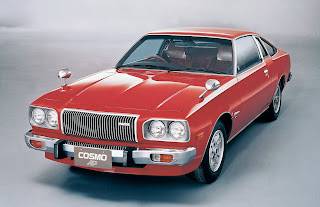
Product branding creates instant recognition. When consumers have a brand lodged in their consciousness, the odds increase that this product that will be selected and purchased. Consumers are drawn to the familiar even if it is now a glass and not a bottle.
Companies spend big bucks developing brand recognition. Beverage companies are no exception.
Green Glass is converting empty, discarded bottles into elegant glassware. They began operation in Johannesburg, South Africa and have established a North American manufacturing facility in Central Wisconsin.
Green Glass recycles glass bottles so that they retain the original image and the consumer can connect with the product. Each glass retains the original shape and contour of the product. This presents shoppers with an image they will immediately recognize.
"They’re functional, so people will pick them up several times a day for years to come," Penrith said. "The glasses also connote a positive corporate commitment to environmental stewardship."
DuPont, BMW, Microsoft, Smith Kline Beecham, Perrier Group of America, John Deere, Wells Fargo, Ford, Minolta, Valpre Spring Water, South African Breweries and Seattle Coffee Co are all Green Glass customers.
No market for recycled glass eh? Green Glass demonstrates that this is not a valid point; they are tapping into an environmental demand to reduce the amount of waste that we send to the landfill, and creating an attractive product while doing so.
Source: Green Glass

 On May 30th 1967, Mazda sold its first rotar-engine powered car and simultaneously, the world’s first dual-rotar, rotary engine vehicle, the Cosmo Sport. 40 years latter and while most manufactures have long abandoned the idea of developing the innovative but also problematic, rotar-engine, Mazda continues to believe in Felix Wankel’s dream. Tomorrow, May 30, 2007, Mazda will celebrate the rotary engine 40th birthday by opening a dedicated website -we’ll have more details on that later
On May 30th 1967, Mazda sold its first rotar-engine powered car and simultaneously, the world’s first dual-rotar, rotary engine vehicle, the Cosmo Sport. 40 years latter and while most manufactures have long abandoned the idea of developing the innovative but also problematic, rotar-engine, Mazda continues to believe in Felix Wankel’s dream. Tomorrow, May 30, 2007, Mazda will celebrate the rotary engine 40th birthday by opening a dedicated website -we’ll have more details on that later 





